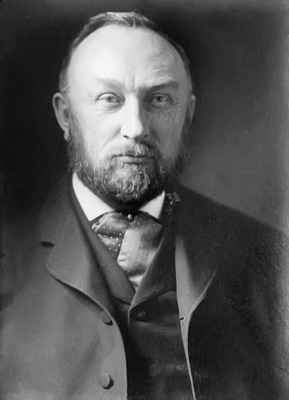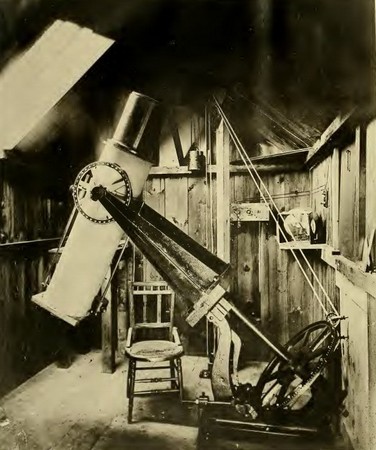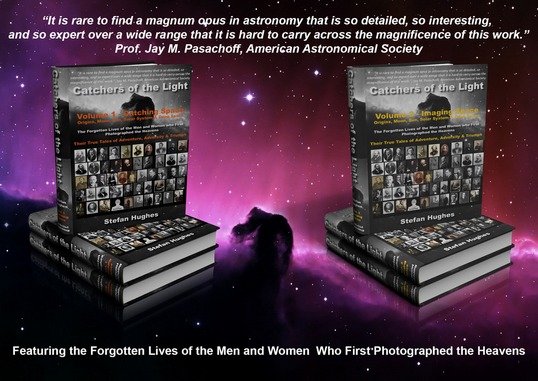'The Ladies' Man'

Born: 19th July 1846, Boston, Suffolk, Massachusetts, USA
Died: 3rd February 1919, Cambridge, Middlesex, Massachusetts, USA
Edward Charles Pickering had three great talents; one was the ability to inspire himself to do great things; the second to recognize the potential in women, to become great astronomers; and lastly to persuade wealthy philanthropists to part with their money to finance his research. With these talents and the women he employed, some of the finest astronomical research ever carried out, was done under his supervision at Harvard College Observatory during the forty two years he was its Director.
Edward Charles Pickering (1846-1919) was one of the new breed of Astronomers that began to appear in the USA during the last decades of the nineteenth century. Unlike many of his European counterparts, he was not interested in the old Astronomy of measurement and position. He did not want to know where a star was in the sky; but to know the answers to more ‘important’ questions like: how bright it was; why were some stars intrinsically brighter or dimmer than others; and why some stars were orange and others were white.
He was above all else an Astrophysicist who wanted to use the science of physics to understand the stars. Throughout his career he used photography in an attempt to answer the many questions that burned in him - like the stars he wanted to understand. During his time as Director of the Harvard College Observatory which lasted longer than any other that have held this illustrious office, he and his female staff of Astronomers carried out fundamental Astrophysical research into the measurement of stellar magnitudes, the classification of stellar spectra and the size of the Universe itself.
With his great personal charm Edward Charles Pickering had the knack of obtaining grants of large sums of money to pursue his research and in particular to construct some of the finest examples of Photographic Refractors (Astrographs), notably the 8-inch Bache and 24-inch Bruce Telescopes.
To read more on his life and work read the eBook chapter on Edward Charles Pickering or buy the Book 'Catchers of the Light'.

8-inch 'Bache Astrograph': Photograph courtesy of Harvard College Observatory Archives

Buy the eBook or Printed Book at the 'Catchers of the Light' shop.